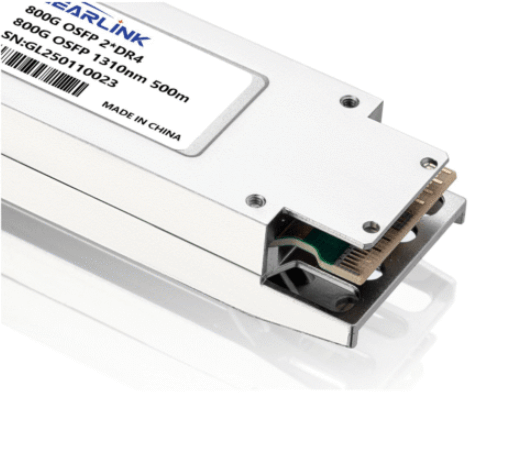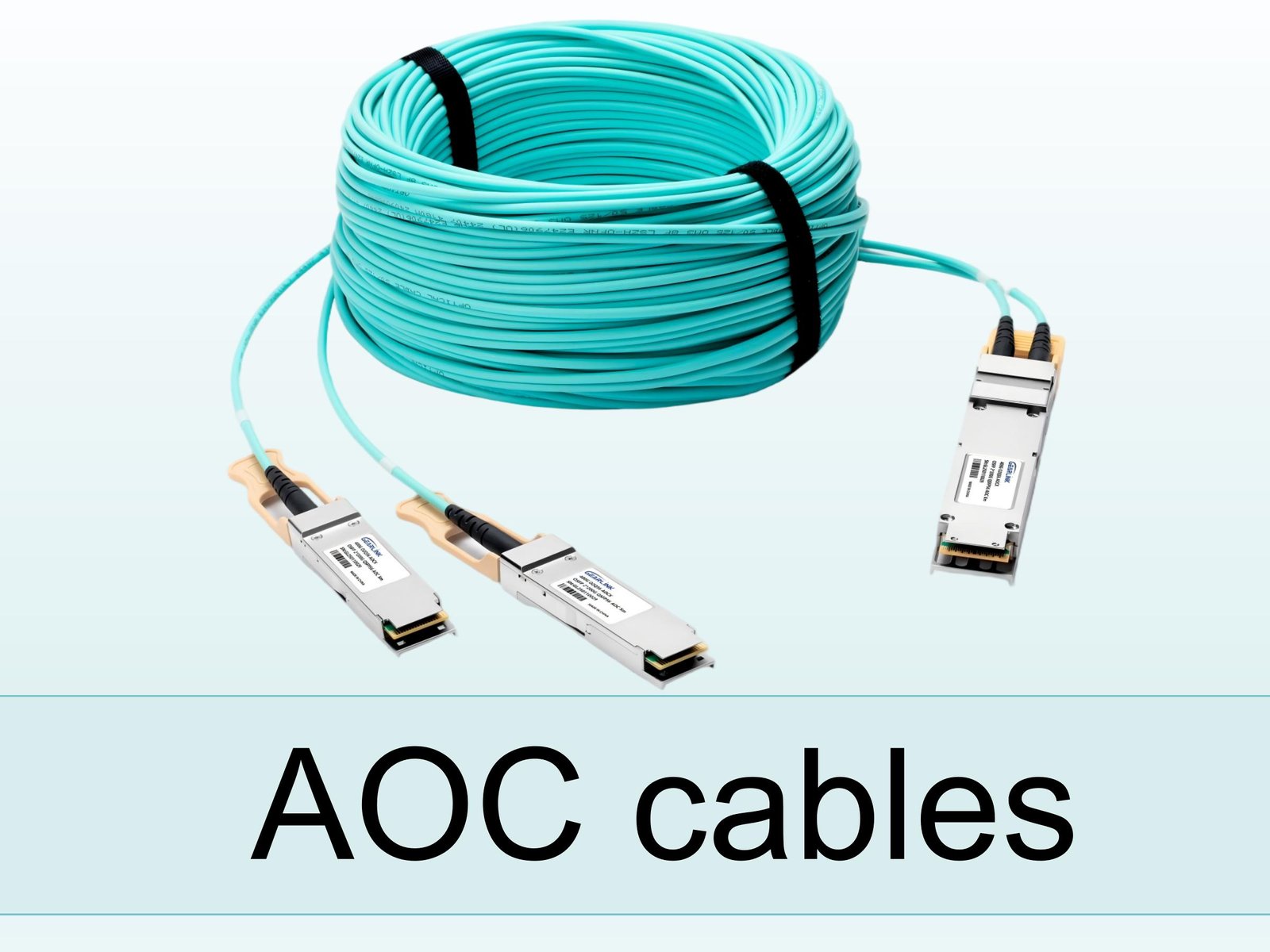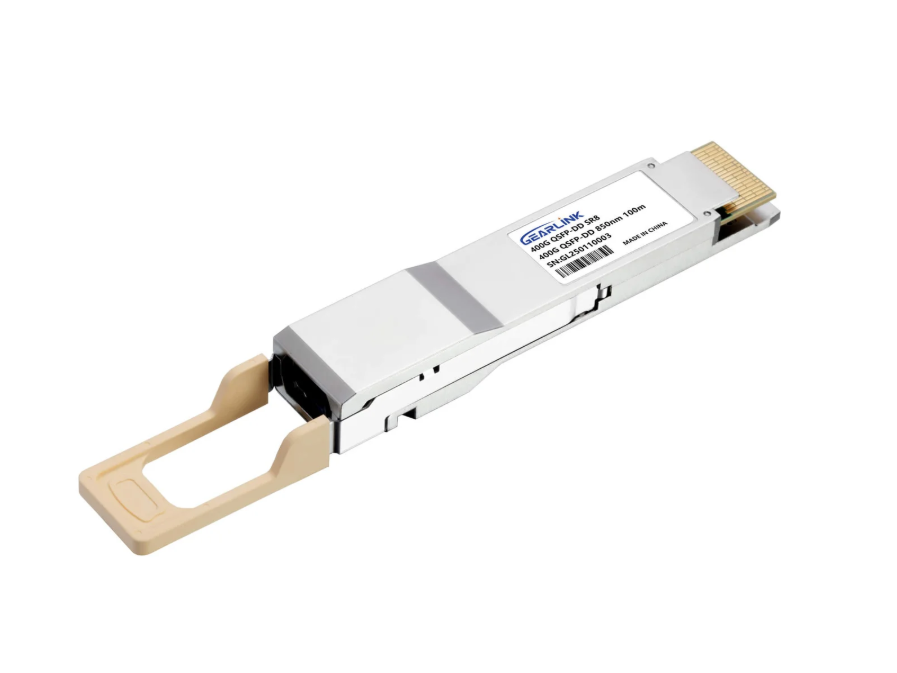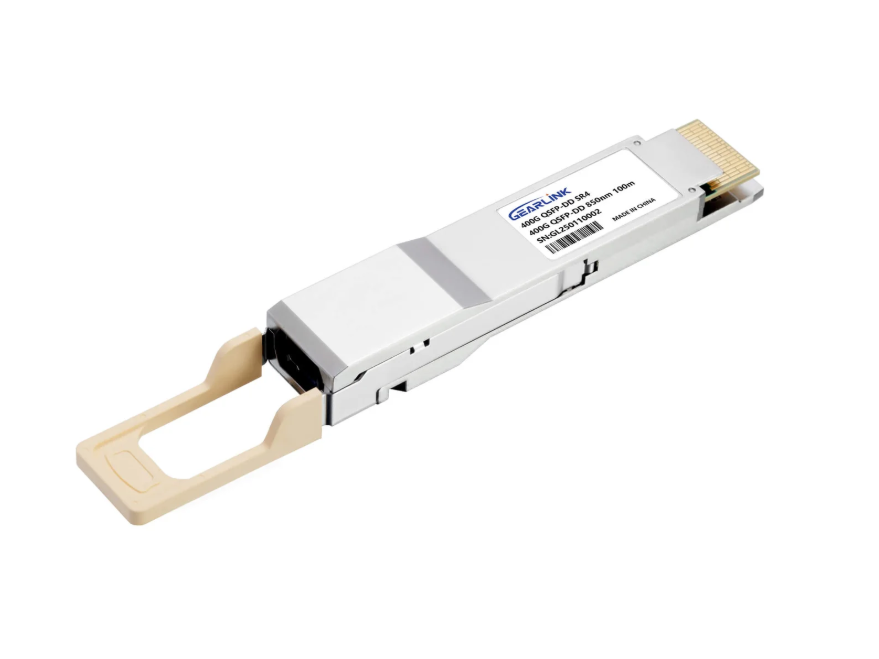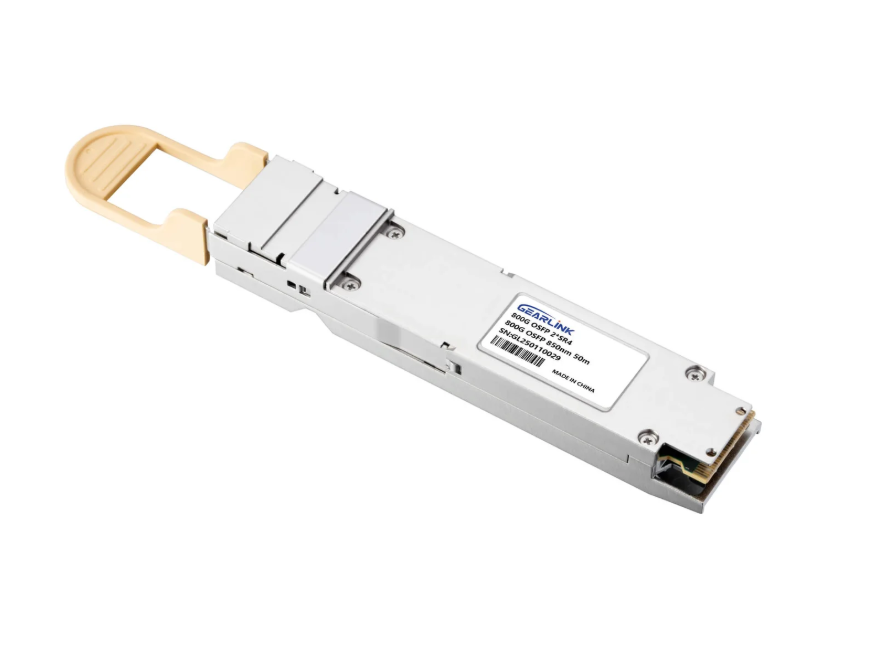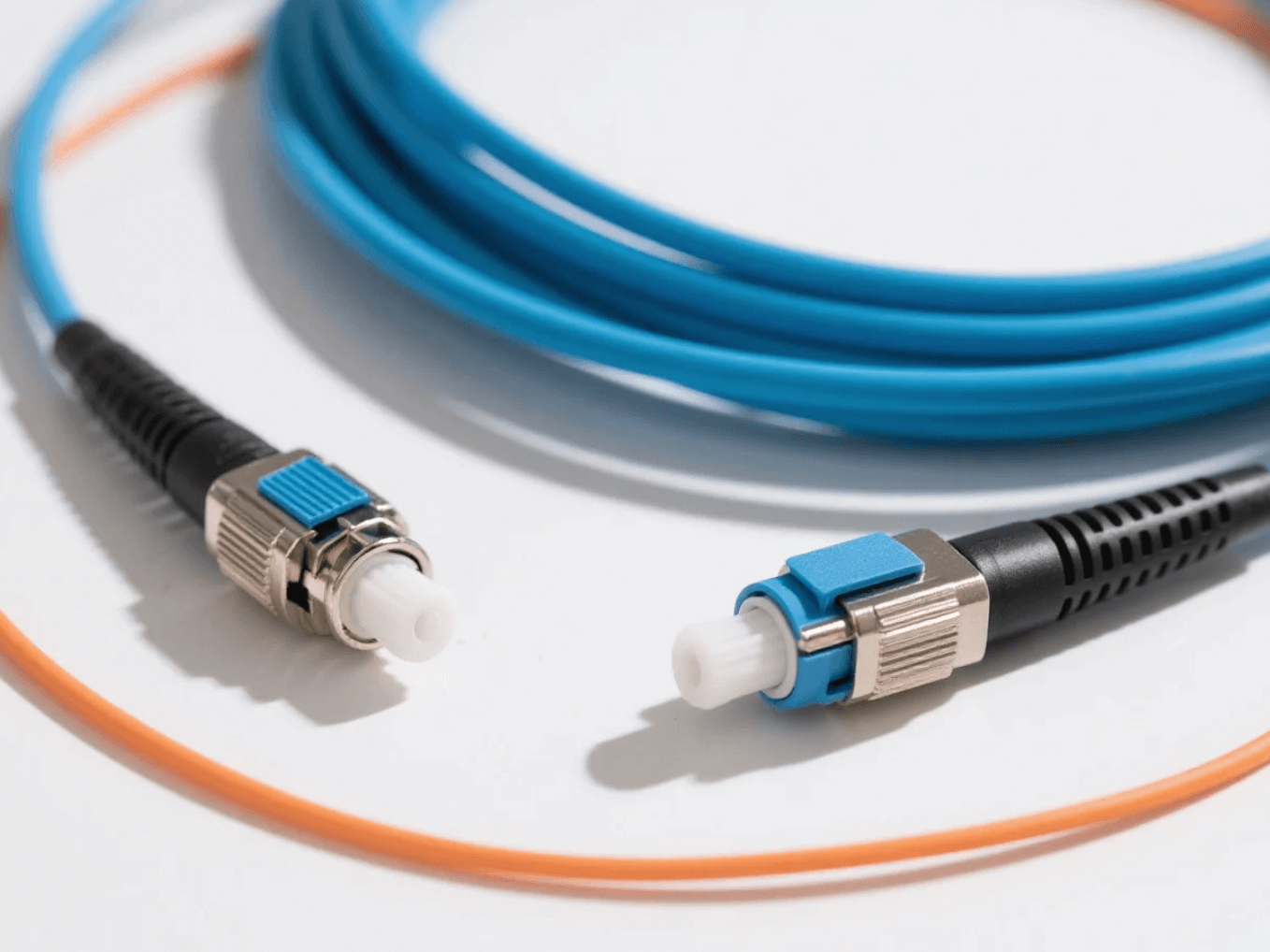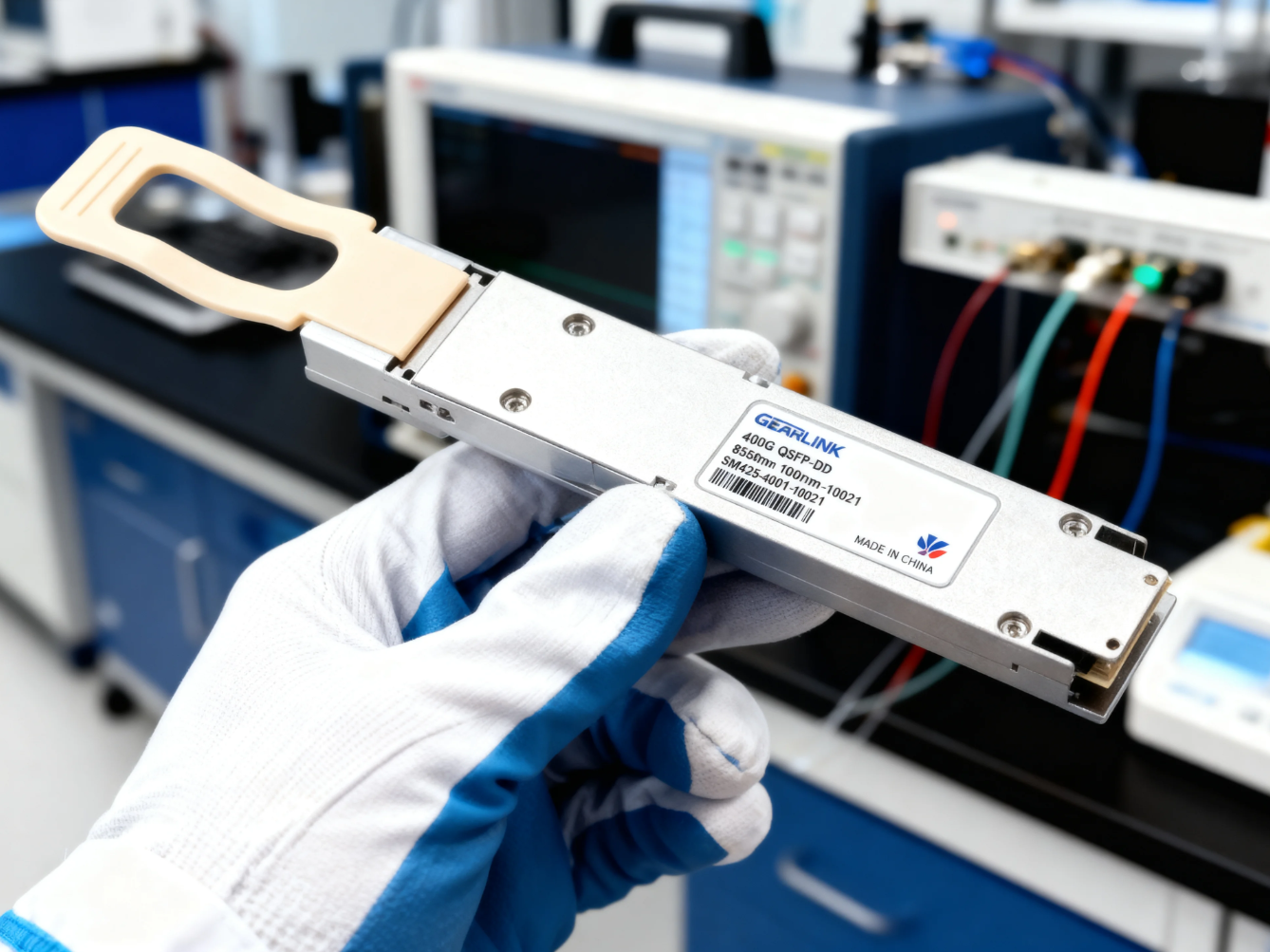In the digital world, data is the new currency. From streaming 4K video to powering the next generation of artificial intelligence, the demand for instantaneous data transfer is growing at an exponential rate. As a result, data centers are constantly under pressure to handle an ever-increasing volume of traffic, and the components that connect these networks must evolve to keep up. At the heart of this evolution is the 800G transceiver, a groundbreaking piece of technology that represents the next major leap in network connectivity. But what exactly is an 800G transceiver, and why is it becoming an indispensable component for any modern data center looking to stay ahead of the curve?
This comprehensive guide will delve into the technology behind these modules, highlighting the key innovations that set them apart and outlining the critical benefits they offer. You’ll learn how integrating 800G technology provides the speed, efficiency, and scalability required to meet the demands of tomorrow’s most data-intensive applications.
The Evolution from 400G to 800G: A Leap Forward in Bandwidth

For years, the industry standard for high-speed data center links has been 400G. While 400G transceivers offered a significant improvement over their 100G and 200G predecessors, the rapid proliferation of bandwidth-hungry applications—such as cloud computing, machine learning, and high-performance computing (HPC)—quickly pushed the boundaries of what 400G could handle. Hyperscale data centers, in particular, found themselves at a crossroads, needing a solution that could double their network capacity without doubling their physical footprint or power consumption.
The transition to 800G is not merely a linear progression; it’s a foundational shift in how networks are designed and scaled. By effectively doubling the data rate of a single optical port, 800G technology provides the necessary bandwidth headroom to support new architectures and applications that were previously impractical. This leap forward ensures that network backbones can handle the massive interconnections required between servers and switches, eliminating bottlenecks and unlocking new levels of performance.
What Makes an 800G Transceiver Different? Key Technological Innovations
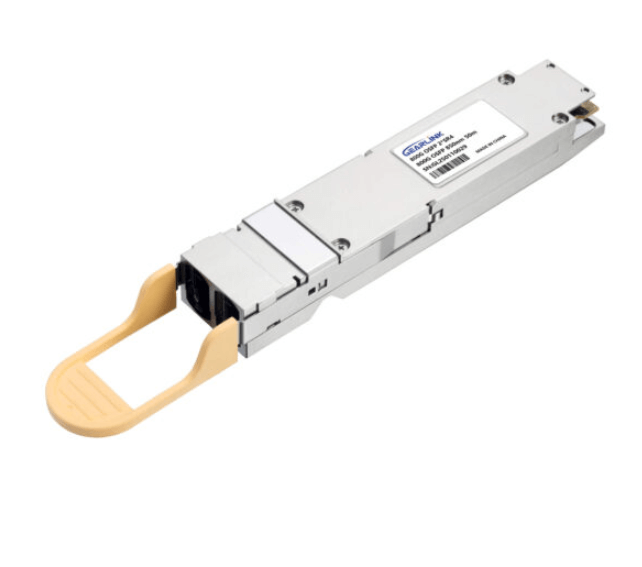
The ability to achieve 800Gb/s speeds within a single pluggable module is a marvel of engineering. This technological leap is the result of several key innovations working in concert. These advancements not only enable higher speeds but also improve power efficiency and density, making 800G transceiver modules a superior choice for next-generation data centers.
Higher-Order Modulation: PAM4 Signaling
The most significant innovation enabling 800G is the widespread adoption of PAM4 (Pulse Amplitude Modulation, 4-level) signaling. Traditional optical transceivers often used NRZ (Non-Return-to-Zero) modulation, which transmits data by encoding each bit as either a high or low voltage level. This method is straightforward but limited in its bandwidth efficiency.
In contrast, PAM4 encodes two bits of data per symbol by using four distinct voltage levels. This ingenious method effectively doubles the amount of data transmitted over the same electrical or optical line rate. As a result, an 800G transceiver can achieve its high data rate without requiring an impractical increase in its baud rate (the number of symbols transmitted per second). This innovation is fundamental to the compact and efficient design of modern high-speed transceivers.
Advanced Electrical and Optical Interfaces
Achieving 800G also requires a robust electrical and optical interface to handle the high-speed signals. The design of these modules involves complex signal processing and advanced optics to ensure signal integrity over various distances. Engineers have had to overcome challenges like signal loss, noise, and crosstalk, which become more pronounced at higher speeds. This has led to the development of sophisticated Digital Signal Processors (DSPs) and more efficient laser technologies that can handle the demands of 800G.
Compact Form Factors: OSFP and QSFP-DD
Physical size is another critical factor in a data center, where every inch of rack space is precious. To address this, the industry has standardized on compact form factors like OSFP (Octal Small Form-factor Pluggable) and QSFP-DD (Quad Small Form-factor Pluggable Double Density). Both form factors are designed to support 800G, and they enable a high port density on network switches, allowing data center operators to deploy more capacity within the same physical space.
Both OSFP and QSFP-DD have their own merits. The OSFP form factor is slightly larger and can handle higher power, making it suitable for more complex and power-intensive applications. The QSFP-DD form factor is designed for backward compatibility with existing QSFP cages, providing a seamless upgrade path. The choice between them often depends on the specific network architecture and future expansion plans.
The Core Benefits of Integrating an 800G Transceiver into Your Network
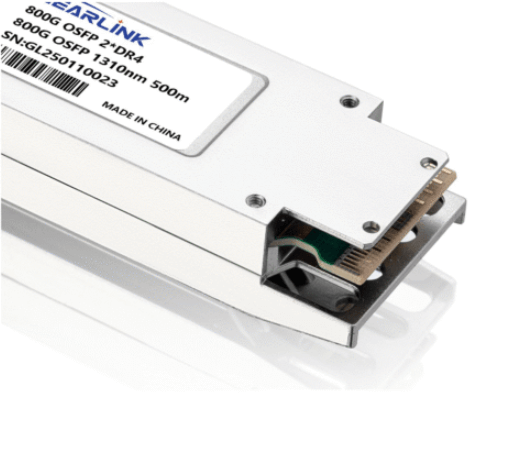
Upgrading to 800G technology offers far more than just raw speed. It fundamentally transforms a data center’s capabilities, providing a strategic advantage in a highly competitive market.
Unprecedented Bandwidth and Speed
The most apparent benefit is the massive increase in bandwidth. With 800Gb/s of capacity, a single optical link can handle the data traffic of multiple 100G or even 400G links. For latency-sensitive applications like financial trading, real-time analytics, and inter-server communication in HPC clusters, this speed is a game-changer. It eliminates network congestion and ensures that data is where it needs to be, precisely when it’s needed.
Enhanced Power Efficiency and Cost Savings
It might seem counterintuitive, but higher-speed modules are often more power-efficient. Transmitting 800Gb/s of data using a single 800G transceiver consumes significantly less power per bit than using two 400G transceivers to achieve the same total throughput. This reduction in power consumption directly translates into lower operational costs and a smaller carbon footprint, which is increasingly important for environmentally conscious organizations. Additionally, the improved density means fewer transceivers and less switch hardware are needed, leading to substantial savings on capital expenditures (CapEx) and a lower total cost of ownership (TCO).
Greater Scalability and Future-Proofing
Perhaps the most compelling reason to invest in 800G technology is its ability to future-proof your network. As data demands continue to soar, a network built on 800G can scale much more easily to meet future needs. It provides a robust foundation for years to come, accommodating next-generation applications and services without requiring a costly and disruptive network overhaul. This long-term scalability ensures that your data center remains agile and competitive, ready to support whatever new technologies emerge.
Real-World Applications: Where 800G Transceiver Shine
While 800G technology is a universal solution for high-speed connectivity, its impact is most profound in specific sectors where bandwidth is paramount.
Cloud Service Providers and Hyperscale Data Centers
Hyperscalers are the primary early adopters of 800G. Their networks are massive, complex, and built on spine-and-leaf architectures that demand incredibly high-speed links between layers. 800G transceivers enable these companies to connect spine and leaf switches with fewer cables and less equipment, simplifying their network infrastructure while dramatically increasing performance. This efficiency is critical for managing the immense scale of cloud services.
High-Performance Computing (HPC) and AI/ML Clusters
AI and machine learning models are trained on massive datasets and require intensive parallel processing. This means that thousands of GPUs and other accelerators must communicate with each other at speeds that were unthinkable just a few years ago. 800G technology provides the necessary inter-connect fabric to link these powerful computing nodes, ensuring that data is transferred instantly and efficiently, accelerating the training time for complex AI models.
Telecommunications and Co-location Facilities
Service providers and co-location facilities need to provide high-speed, reliable connectivity to their clients. As their customers’ bandwidth needs increase, they need to upgrade their own network backbones. 800G transceivers are an ideal solution for upgrading metro and long-haul links, providing the capacity needed to handle aggregated traffic from multiple clients and services, thereby ensuring superior performance and reliability.
Choosing the Right 800G Transceiver: What to Look For
Selecting the right 800G module for your network involves more than just speed. You must consider several factors to ensure seamless integration and optimal performance. First, the form factor (OSFP or QSFP-DD) must be compatible with your switch hardware. Second, the type of transceiver (e.g., DR8, FR4, LR8) should match the required distance, or “reach,” of your link. Finally, it’s crucial to source your modules from a reputable and knowledgeable provider. Optictran, for example, offers a wide range of 800G transceiver modules that are fully tested for compatibility and performance, ensuring that your investment provides reliable, long-term value.
Conclusion: Embracing the Next Generation of Data Center Connectivity
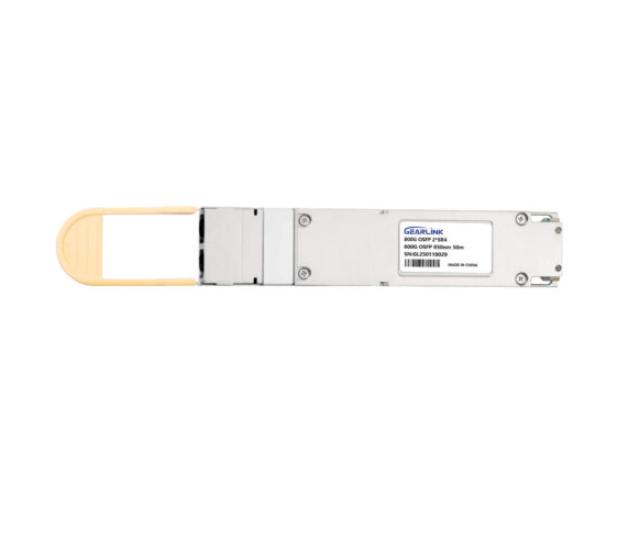
The demand for data shows no signs of slowing down. As we move further into an era of ubiquitous AI, cloud services, and real-time applications, the limitations of current network technology will become increasingly apparent. The 800G transceiver is not just an incremental update; it’s a necessary evolution that provides the critical foundation for the data centers of the future. By offering unparalleled speed, superior power efficiency, and enhanced scalability, these modules are the key to unlocking the full potential of your network. Investing in 800G technology today ensures your data center is prepared for the challenges and opportunities of tomorrow.
Frequently Asked Questions
Q1: Is 800G backward compatible with 400G?
Yes, most 800G transceivers, particularly those in the OSFP and QSFP-DD form factors, are designed with backward compatibility in mind. They can often be configured to operate at lower speeds, allowing for a phased upgrade of your network infrastructure.
Q2: What is the main difference between OSFP and QSFP-DD?
The primary difference lies in their size and power handling capabilities. The OSFP form factor is slightly larger and can accommodate more power, making it a good choice for longer-reach or more power-intensive applications. The QSFP-DD is smaller and is designed for backward compatibility with existing QSFP infrastructure, offering a more direct upgrade path for many data centers.
Q3: How far can an 800G transceiver transmit data?
The distance, or “reach,” depends on the specific type of transceiver and the fiber it uses. For example, 800G-DR8 transceivers are designed for short-reach applications (e.g., 500 meters or less) within data centers, while other variations like FR8 or LR8 can extend the reach to 2 kilometers or 10 kilometers, respectively, for longer-distance connections.
Q4: Will 800G technology reduce my data center’s power consumption?
Yes, in terms of power per bit, 800G is significantly more efficient than previous generations. By consolidating data traffic onto a single, high-speed link, you can reduce the number of transceivers, ports, and cables required, which leads to a direct and substantial reduction in overall power consumption and cooling costs.
